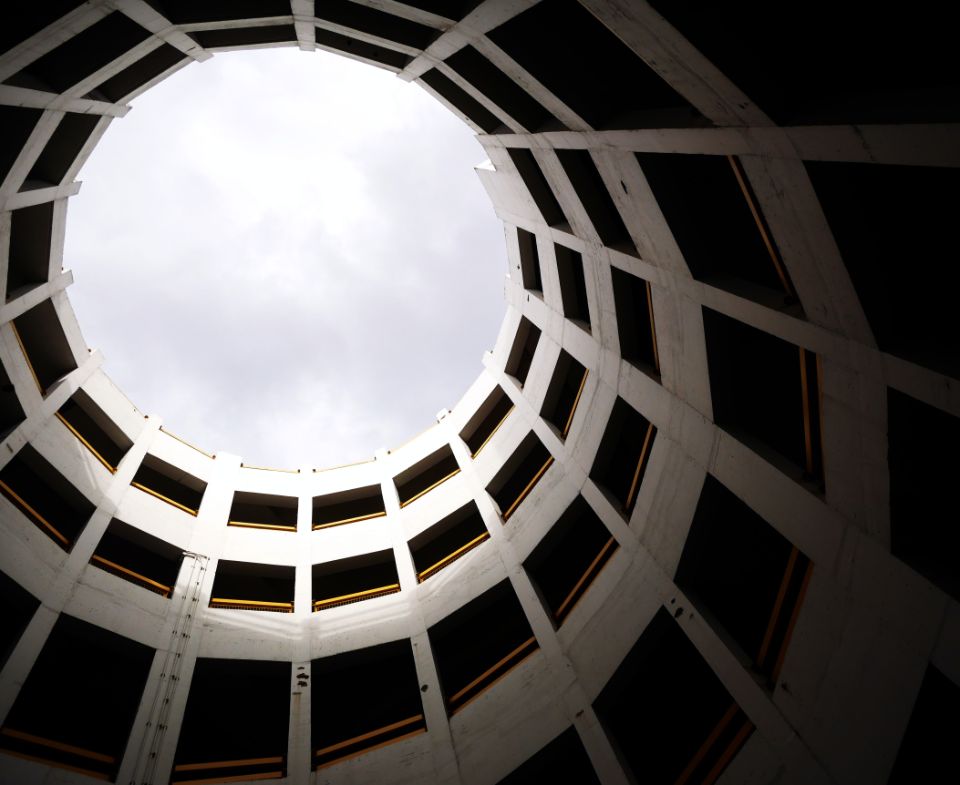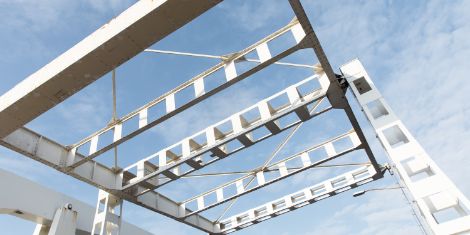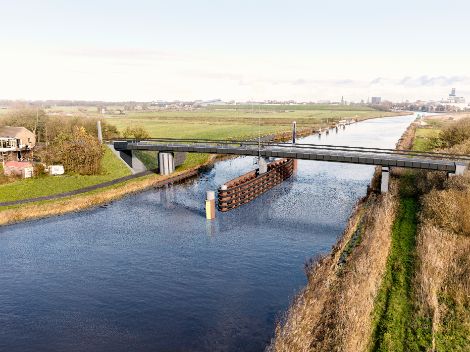+Circular Design Tool
In a traditional design, materials are added to the design and that is as far as it goes. In a circular design, a structure is only a temporary storage place for materials. The +Circular Design Tool shows where materials have come from, but also where they can go once the lifespan of the structure has ended.
Applied by the Province of North Holland
+Circular Design Tool indispensable for sustainable and circular designs
Increasingly, sustainability and circular design comprise the starting points for the design of buildings and installations. Clients, contractors and designers are required, at an early stage in the process, to think about materials and the possibilities for their reuse. The available choices – the result of the many variants and calculations involved – can be a stumbling block. The +Circular Design Tool, developed by Witteveen+Bos, simplifies this process and makes circularity measurable, discussable and comparable.
The basis for an exceptional design
Clients wanting to design sustainably can have a design guided by circular principles made up. The +Circular Design Tool is used to determine what the opportunities and frameworks for circular solutions are. It is also an attractive solution for contractors in that it enables them to distinguish themselves in the market.
Sustainable and circular design is an important discipline for Witteveen+Bos. There is no single methodology for sustainable design and construction; together with Rijkswaterstaat, however, we put together a set of circular design principles. The +Circular Design Tool is the practical result of this.
All key figures in a comprehensible display
The +Circular Design Tool’s input is divided into reused materials, bio-based materials, and natural resources that need to be extracted again and again. Its output is divided into the components of the design that can be directly reused, those that can be reused after being processed (downcycling), and those that will end up as waste. As well as this, the environmental impact of the planned building – such as the environmental cost indicator (ECI) and CO2 emissions – is revealed.
The user can view all of these elements in an easy-to-read dashboard. The design is visualised and variants in the design can be compared. A Sankey diagram – a particular kind of flowchart – makes the material flows transparent.
Concrete step towards circular economy
Circular design is an extremely relevant social topic, owing to the urgency surrounding the taking of concrete steps towards a circular economy. In order to meet targets set for 2030 and 2050, renovations and new developments need to be designed, prepared, purchased and built circularly. Taking the step from policy to implementation is a topical issue but many organisations are still struggling with it. We link objectives to concrete and achievable solutions.

Advantages of the +Circular Design Tool

Visual and, therefore, comparable
The +Circular Design Tool makes circularity visual, measurable, discussable and comparable.

Useful parameters
The +Circular Design Tool’s dashboard expresses the concept of circularity in useful parameters.

Monitoring throughout the entire process
By using the +Circular Design Tool, you can monitor the circularity of a project, from design right up to construction.

More information?

Rob provides insight into the environmental impact of designs. Together with the client, he looks for strategies and solutions to design in a socially responsible, forward-thinking, and more sustainable way.




